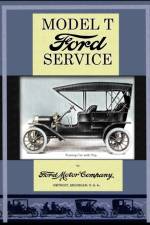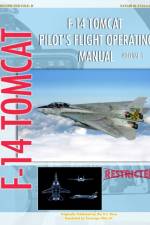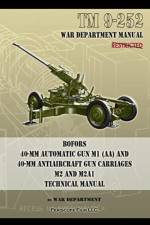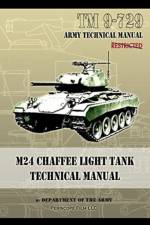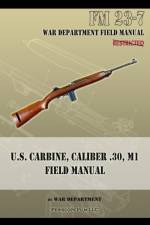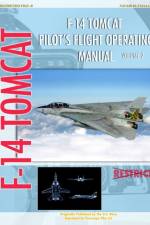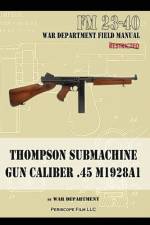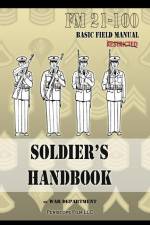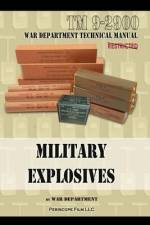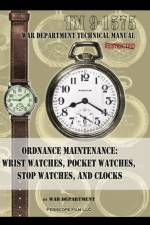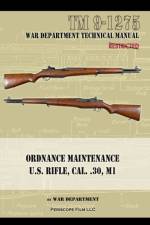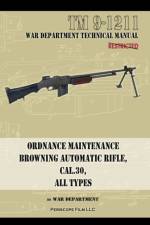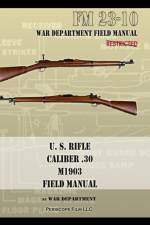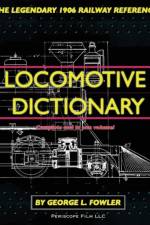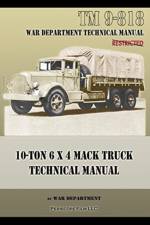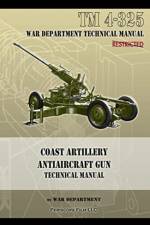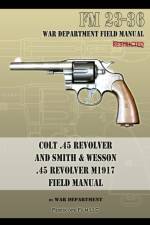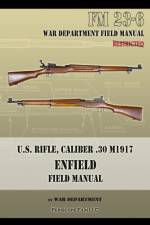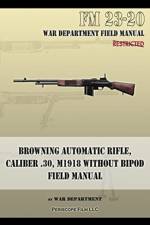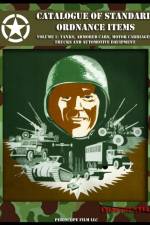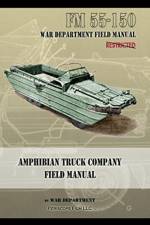- Volume 1: Tanks, Armored Cars, Motor Carriages, Trucks and Automotive Equipment
av Office of the Chief of Ordnance Technica
249
During WWII, the U.S. Army's ranks of men and its arsenal of equipment grew mightily. From a mere 190,000 soldiers in 1939, the Army would reach 8.4 million in 1945. That was a staggering achievement, and what is even more impressive is to consider how few guns, tanks, artillery and other essentials the military possessed prior to Pearl Harbor. Outfitting America's war machine, and assessing its needs and delivering the goods, was one of the War Department's most challenging tasks. To make it work, some weapons would be pressed into production even though they were obsolete, while others would be adopted as expedients in hopes that better replacements would soon be delivered. The full scope of what was produced in the handful of years between the military build-up that preceded December 7th and V-J Day is hard to comprehend. Fortunately, the War Department left behind this four volume "Catalogue of Standard Ordnance Items". A master catalogue that neatly lists most if not all of the vehicles, weapons, ammunition, and combat equipment that fought history's greatest war, it's an astonishing compendium. Volume 1 of the Catalogue details tanks (including light, medium and heavy tanks), gun and Howitzer motor carriages, armored cars, tank transporters, armored trailers, carriers, snow tractors, half-tracked vehicles, armored utility vehicles, service trucks, and even bicycles and motorcycles pressed into Army service. Companion books include Volume 2 which focuses on artillery, Volume 3 which examines small arms, and Volume 4 which is devoted to ammunition.

